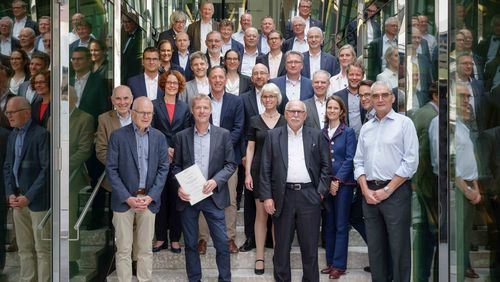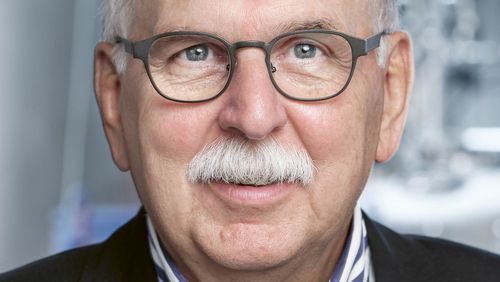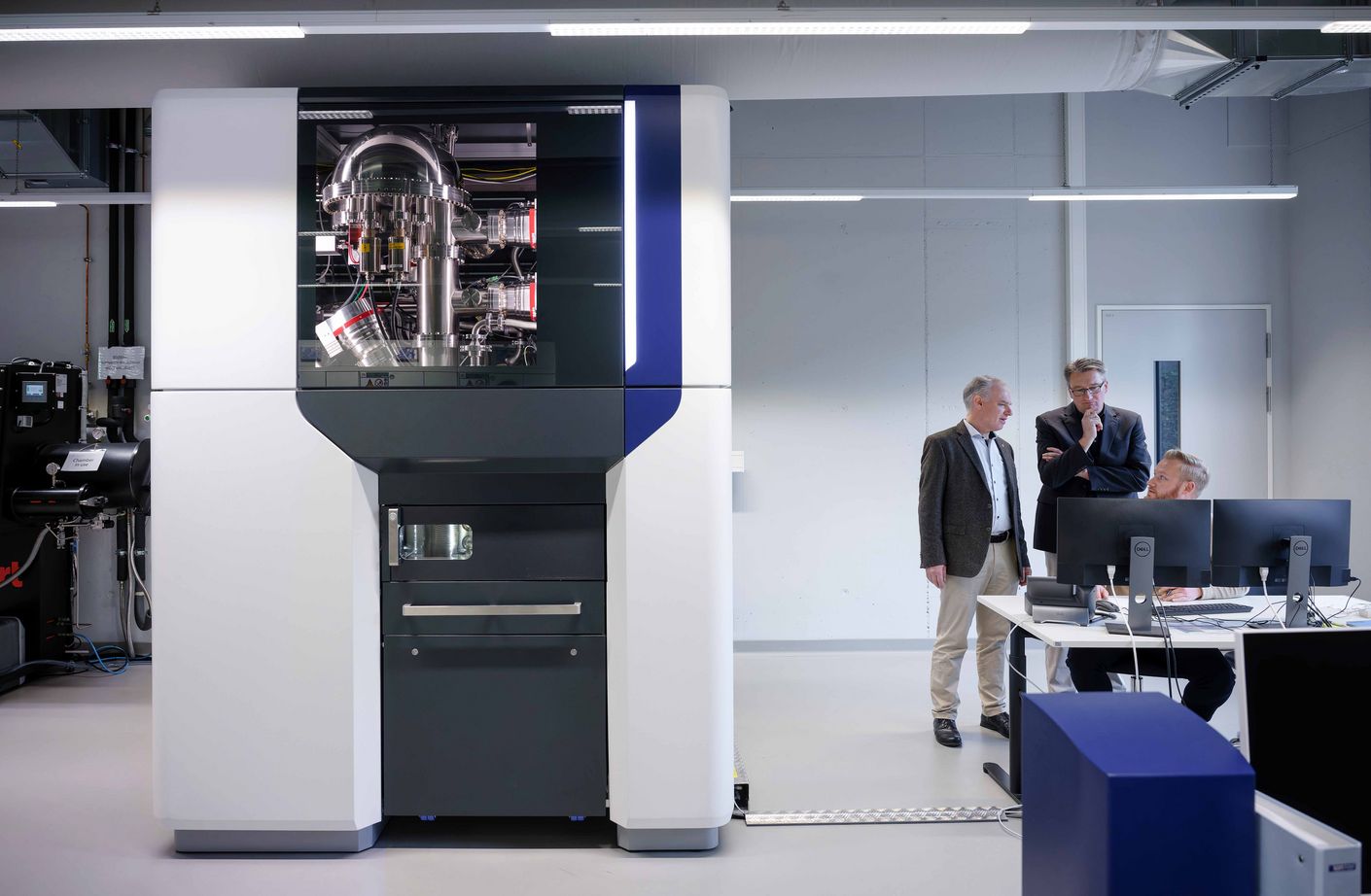
A cleaner world with chlorine technology
One invention, so much potential: researchers in the WSS100 final project “ChemSysCon” want to develop a new chlorine-based technology that not only makes the chemical safer to store and transport, but that can also recycle electronic scrap and waste products, render biomass usable and develop large-scale energy storage systems.
Chlorine is much more than just a disinfectant for swimming pools. As one of the most important commodity chemicals, the element is found in over half of all products made by the chemical industry—for example in plastics, pharmaceuticals and agrochemicals. Around one hundred metric tons of elemental chlorine (Cl2) are produced every year, mostly by electrolysis from common salt (NaCl) and water (H2O).
But manufacturing the chemical is an extremely energy-intensive process—Germany’s annual production of 5.5 million metric tons of chlorine account for around 2.3 percent of the country’s overall electric power consumption. Moreover, chlorine gas is also toxic and, despite numerous safety regulations, storing and transporting it poses major risks. In mid-2022, for example, a container of chlorine fell from a crane while being loaded onto a ship in the port of Aqaba, Jordan, causing chlorine gas to escape. Thirteen people died and two hundred and fifty were injured.
A team of researchers led by Sebastian Hasenstab-Riedel from Freie Universität Berlin have now developed a technology to store and transport chlorine safely. The basis of the technology is a so-called ionic liquid—an ammonium salt that is liquid at room temperature and can absorb large quantities of chlorine gas and release it again easily as needed.
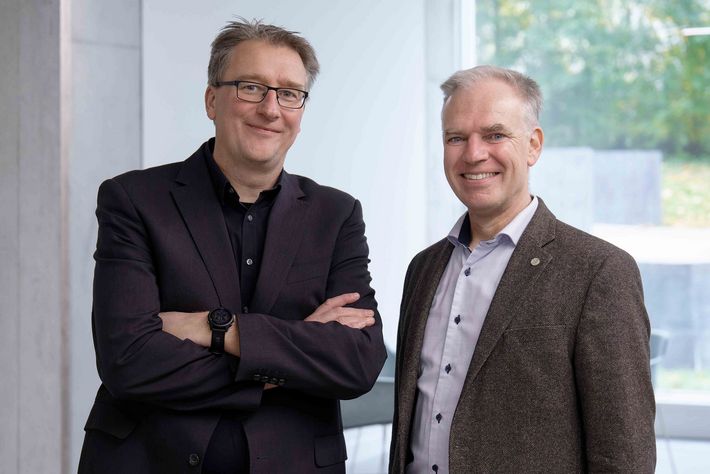
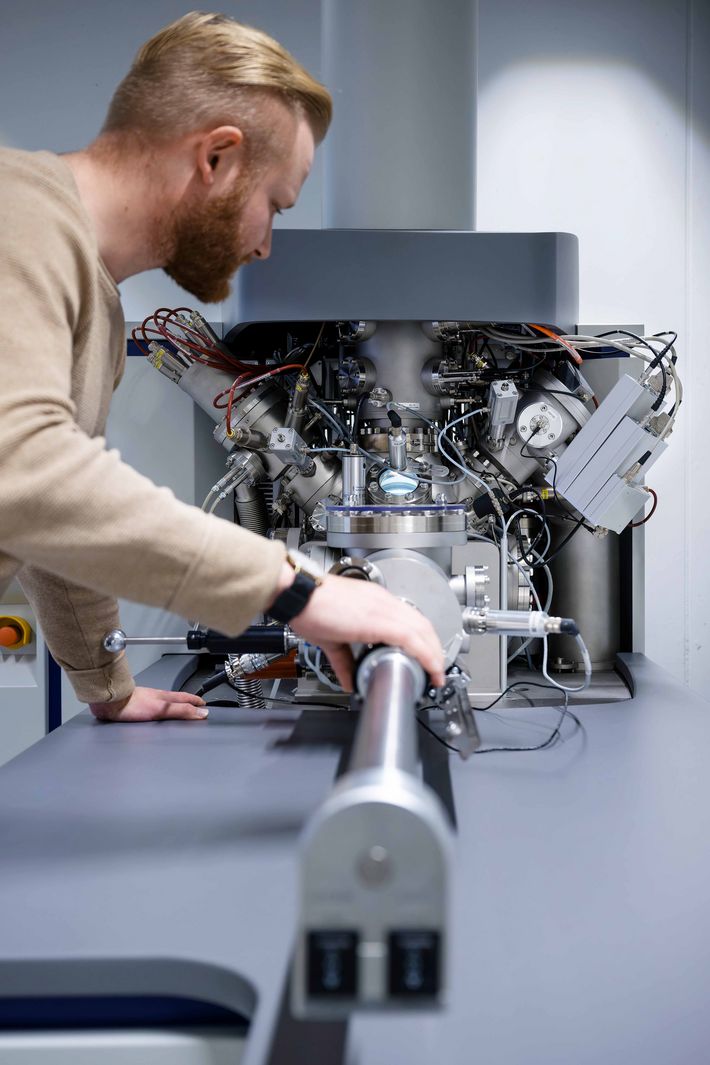
“Green” chlorine and hydrogen
Simplifying the storage and transportability of chlorine opens up a whole range of new possibilities for this key bulk chemical, as Hasenstab-Riedel explains. And manufacturing it using renewable power sources will become ever easier in the future: in Central Europe, for example, the chemical industry can produce it using surplus solar power, for example, and then store the chlorine until it’s needed, while in the Global South, it could be produced on a large scale with cheaply available solar energy and shipped safely from the production site. Another advantage is that the two by-products of chlorine production—hydrogen and caustic soda—are also valuable energy carriers and commodity chemicals.
But that’s only the start. “The ionic liquid underpins the development of a whole new chlorine-based technology,” Hasenstab-Riedel says. Together with a team from Freie Universität Berlin, the German Bundesanstalt für Materialforschung und -prüfung (BAM) and the Fraunhofer Institute for Applied Polymer Research (IAP), he has come up with four action areas for his WSS100 proposal—ChemSysCon—in which he believes the chlorine storage platform can make a substantial contribution to creating a sustainable chemical industry.
Dissolving metals from electronic scrap
The first action area concerns the urban mining of high-tech metals. Electric motors, wind turbines and mobile phones contain large quantities of valuable metals such as rare-earth elements. “Europe is dependent on countries like China for these raw materials,” Hasenstab-Riedel says. “We need to develop methods that make it easy to extract these metals from discarded electronic goods for future re-use.” This is where his new chlorine-based technology could prove extremely helpful—because it’s based on a highly reactive liquid. He explains that initial tests have shown it can be used to dissolve high-tech metal compounds at low temperatures and separate out the individual metals.
The second action area is the exploitation of biomass, or renewable organic material, that would otherwise be disposed of. Take the four million metric tons of glycerine created every year as a by-product of biodiesel generation, or the one hundred million metric tons of lignin from paper manufacturing. Hasenstab-Riedel says that by using the ionic liquid the team have developed, both of these waste products can be converted into valuable, functional materials.
Waste chemical products and batteries
The third area is the conversion of chemical products that have outlived their use. “By applying electrochemical processes, we can remove the chlorine from existing compounds and store it again in our ionic liquid,” Hasenstab-Riedel says. One example of a chlorine-containing waste product is the insecticide lindane: no longer used in the EU, up to seven metric tons of the pesticide lie in spoil tips across Europe. Chlorinated plastics could also lend themselves to being recycled via this dichlorination process.
The last action area is a chlorine platform that holds great potential for use as a starting material in the manufacture of stationary storage batteries—to store solar or wind energy, for example. The ionic liquid can absorb two electrons from metals such as calcium or aluminium and easily release them again. “Years ago, we showed that batteries of this kind based on metal halides like bromides are possible on a large scale,” Hasenstab-Riedel says. However, polychlorides offer even greater possibilities and are significantly cheaper, as chlorine is more abundant than bromine.
In sum, chlorine could soon play a key part in our efforts to create a cleaner world and more sustainable future.
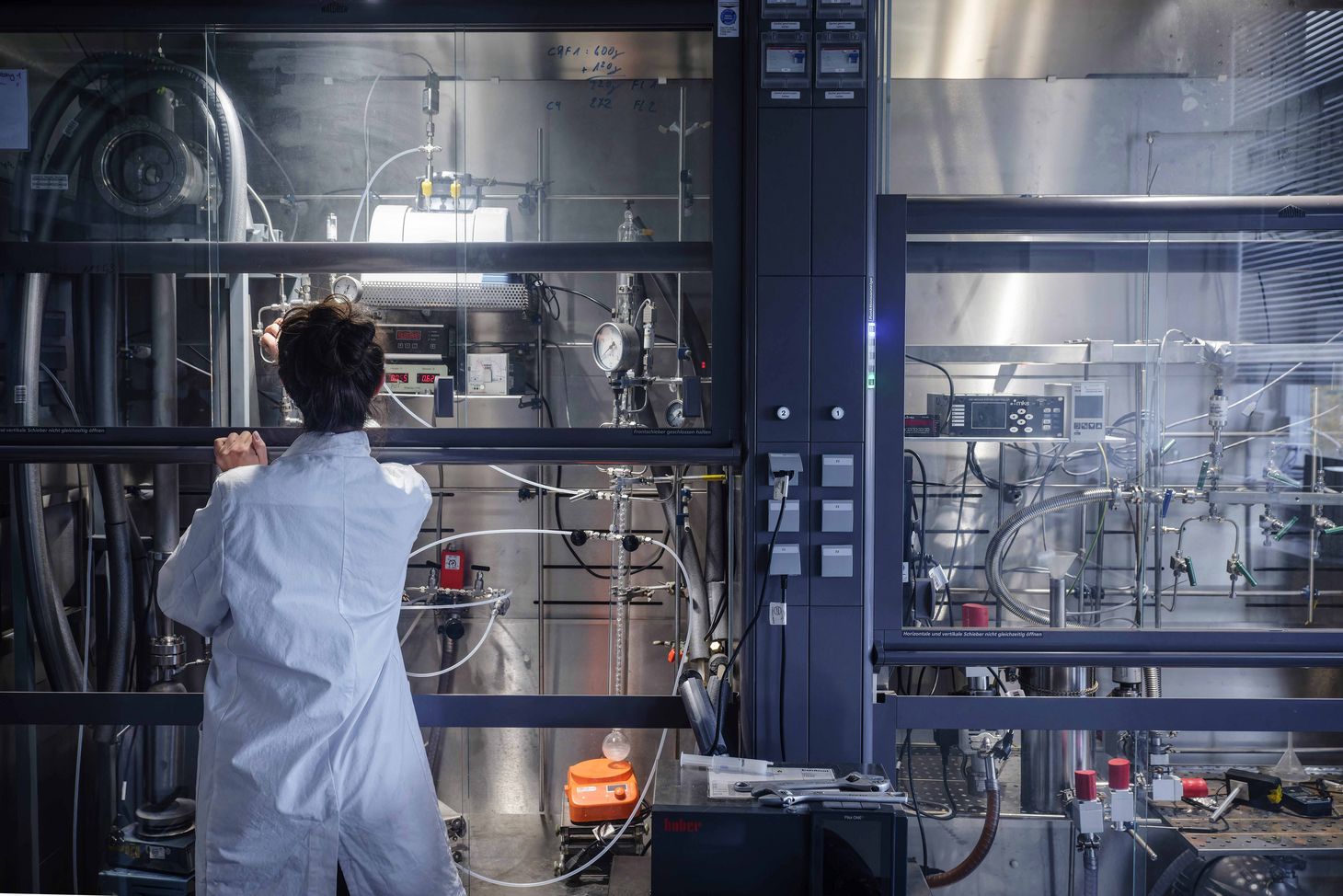




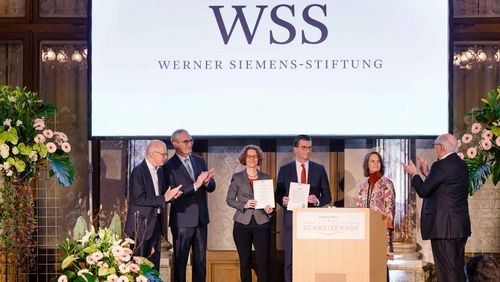
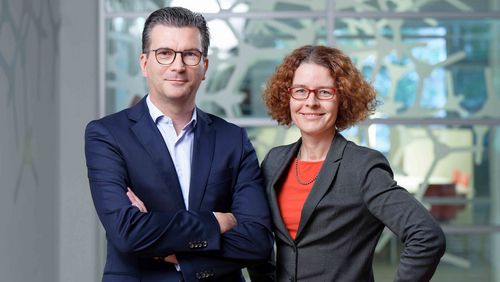
![[Translate to English:] [Translate to English:]](/fileadmin/_processed_/8/d/csm_01-WSS100-Muenchen_a4e2ba3a7f.jpg)
![[Translate to English:] [Translate to English:]](/fileadmin/_processed_/0/7/csm_01-WSS100-Zuerich_20aa6e51dd.jpg)
![[Translate to English:] [Translate to English:]](/fileadmin/_processed_/5/e/csm_01-WSS100-Aachen_c843f6f8ae.jpg)
![[Translate to English:] [Translate to English:]](/fileadmin/_processed_/3/5/csm_01-WSS100-Freiburg_8ff515d64a.jpg)
![[Translate to English:] [Translate to English:]](/fileadmin/_processed_/e/3/csm_01-WSS100-Goettingen_f4c6bb4b9f.jpg)
